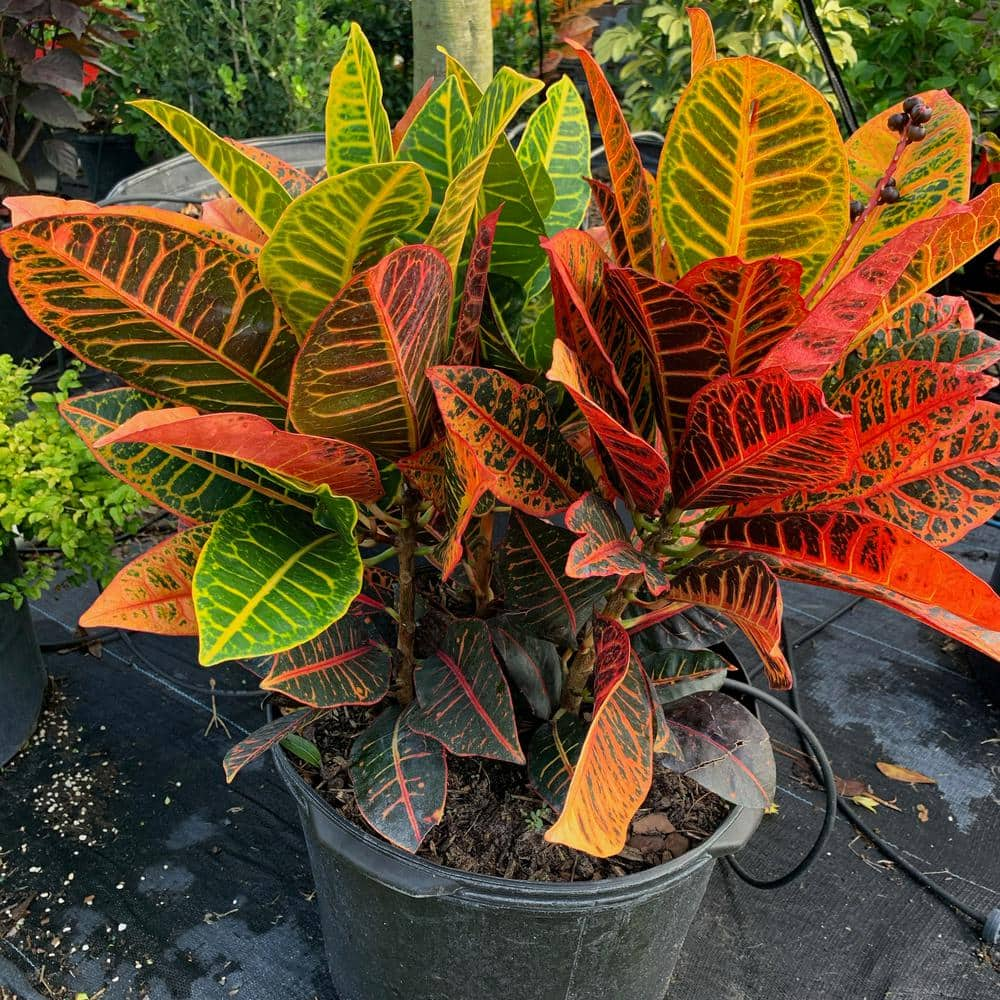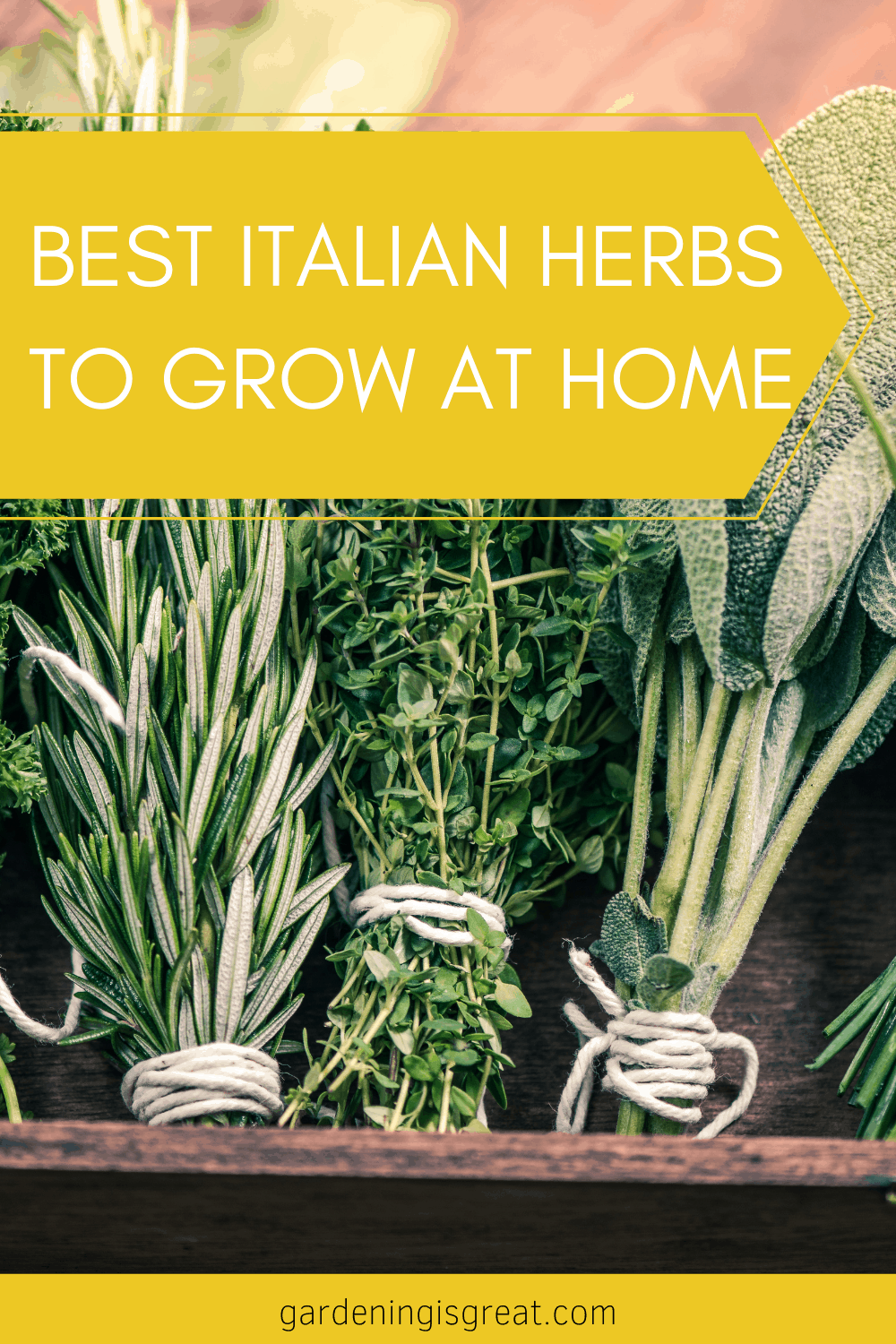Unlock Vibrant Growth: Your Complete Guide to Croton Petra Plant Care

Ever felt like your stunning Croton Petra is out to humble you? You're not alone—behind every Instagram photo of those vibrant leaves, there's usually a backstory of crispy tips, unexpected leaf drops, and beginners (and not-so-beginners) muttering “What am I doing wrong?” under their breath. Let’s dive into the Croton Petra—not just the standard care routine, but the classic pitfalls most people stumble into (sometimes more than once!), and how to sidestep them for good.

Let’s Get Real: What Makes the Croton Petra So Tricky?
No one mentions this in garden center handouts: Croton Petras are plant divas—incredibly rewarding but brutally honest about their dislikes. They don’t just “tolerate” mistakes; they protest with drama. When I brought home my first one in early 2020 (her name was Flare—she earned it), I lost nearly half her leaves in three weeks... and every friend I’ve talked to had an equally rocky start.
If you’ve already watched yours sulk or shed its best leaves, know this isn’t a personal failure—it’s almost universal!
Five Classic Croton Petra Mistakes That Don’t Make It Onto Labels
1. The Light Trap: Underestimating Just How Much Light They Crave
I blame generic advice for pretending “bright, indirect” light is enough information. In reality, these plants are addicts for abundant filtered sunlight—almost greedy for it! My first attempt? East window, sheer curtain. Result: Color faded so badly that Flare looked like a completely different plant by month two—a washed-out version of herself.
What worked: South-facing window four feet away, no direct afternoon scorch—within three weeks the reds popped back like neon signs.

Secret mistake: Most people move them around too often (“it’ll adjust!”). In fact, crotons HATE being moved about; they want steady conditions.
2. The Watering Paradox: Trusting Your Calendar More Than Your Finger
Crotons will punish both neglect and overlove—sometimes with identical symptoms! But here’s what nobody spells out: your living room humidity changes everything.
My rookie error was following a “water every seven days” schedule I read on a gardening blog. By week three in dry winter air, Flare was dropping leaves—and yet when I poked at the soil it was bone dry beneath the surface crust.
Fix: Toss the rigid schedule. Now, every Saturday morning I poke my finger down two inches (not just one!) since surface soil dries faster near radiators or sunny windows before roots do.
3. Humidity Myths: Believing Occasional Misting Cuts It
Here’s something even seasoned growers quietly confess after months of frustration: misting alone almost never makes enough difference for crotons in heated homes.
During my second winter, even with twice-daily misting and clustering plants together, leaf tips burned brown until I invested $29 in a cheap digital hygrometer—and discovered my “humid” home averaged only 34%! Pebble trays helped a bit, but nothing changed until I bought a small room humidifier targeted to keep levels above 50%, placed right beside my plant shelf. Within two weeks? New growth stayed lush without tip burn—and spider mites stopped showing up!

4. Ignoring Drainage Drama: The Soggy Death Spiral
Let’s be blunt: most decorative pots sabotage your croton without warning because they lack decent drainage holes.
My embarrassing admission—I lost Flare #2 (yes… there was a #2) after repotting her straight into a glossy ceramic pot because it “looked perfect.” Cue root rot within six weeks despite careful watering because excess moisture lingered unseen at the bottom.
Lesson learned: Now every single croton gets repotted immediately into nursery-grade plastic liner pots with multiple holes—even if it means double potting inside something more stylish later.
5. Fear of Pruning: Thinking Every Lost Leaf Means Doom
Here’s the psychological trap few talk about—once you see bare stems after leaf drop, you assume your croton’s done for and get paralyzed about trimming further dead/damaged sections (“what if nothing grows back?”).
But guess what? Removing sad-looking or half-dropped leaves actually triggers bushier new shoots along nodes that would otherwise stay dormant! At my local plant swap last spring, everyone had tales of miraculous recovery from severe pruning—so much so we joked about “bald-is-beautiful” moments becoming comeback stories by July.

Dialogue From Real Plant Chats
In January last year:
Me: “I moved her closer to heat... now she looks worse!”
Emily (a pro home gardener friend): “Oh no! Mine does that every time when temps swing super fast—it’s like she throws a tantrum.”
And from another friend:
Mark: “How many weeks until I know if she’ll recover?”
Me: “Honestly? Give it two or three new leaves before judging…they’re drama queens but surprisingly resilient if you stop meddling!”
Numbers & Details You Won’t Find On Plant Tags
- Growth rate indoors: Expect ~6–10 new leaves per year under optimal conditions—not as speedy as monsteras!
- Ideal humidity target: Consistent readings above 50% = fewer browning tips/stress signals.
- Typical cost for rescue supplies: Small room humidifier ($25–$40), digital hygrometer ($12–$20), quality perlite ($8/bag).
Troubleshooting Cheat Sheet From Hard-Won Experience
-
Leaf drop within days/weeks of bringing home?
Normal adjustment shock—don’t panic unless all foliage falls off at once. -
Dull colors persist despite bright spot?
Try boosting sunlight hours AND avoid sudden moves to wildly different spots. -
Sticky residue/webbing on undersides?
Dust off + treat aggressively; cluster with other high-humidity plants while blasting humidity above 55% minimum for two solid weeks. -
Wilting despite damp roots?
Unpot and sniff roots; anything mushy or foul-smelling needs an urgent trim and complete replant into fresh soil.
The Invisible Step Everyone Forgets: Observation Over Perfection
My best plant lesson in three years with various crotons: the ones who thrive have attentive owners who watch closely instead of sticking to rules. Each plant tells its own story through color changes and growth quirks; there’s no universal playbook.

Set phone reminders NOT just for chores—but also weekly “observation breaks.” Jot down notes on leaf color change or weird spots (bonus: feels like being both scientist and artist!).
And remember that any ugly phase is temporary—you’ll wear those battle scars proudly when brilliant new foliage unfurls again!
Parting Encouragement From One Reformed Perfectionist:
Every Croton Petra lover starts by making mistakes—it’s practically their initiation ritual! Instead of fixating on dropped leaves or crispy edges, embrace each lesson as proof you care enough to improve. Before long you'll find yourself giving others advice—or maybe passing on an extra cutting from your now-lush comeback queen 🌈
So trust your observations more than instructions…let curiosity lead…and don’t be afraid to admit when things get messy behind those Insta-worthy shots—that's the real joy of growing these spectacularly moody plants!
Here’s to vivid victories (and laughable missteps) ahead!



